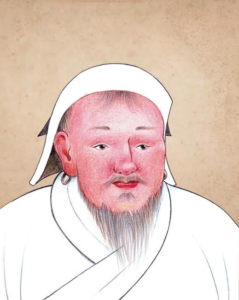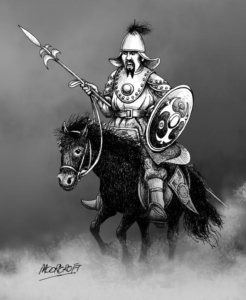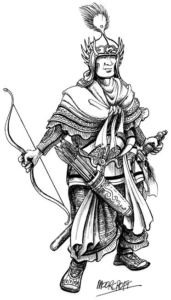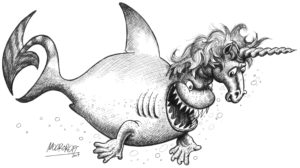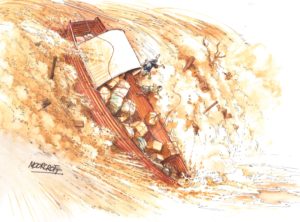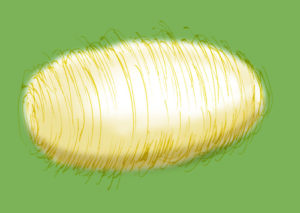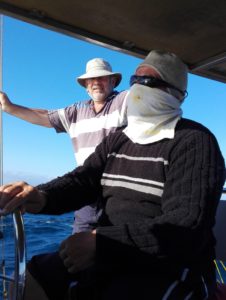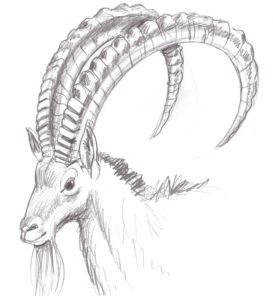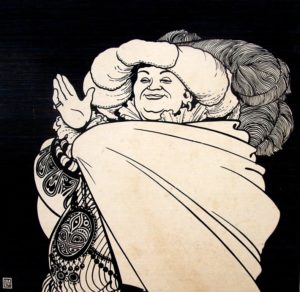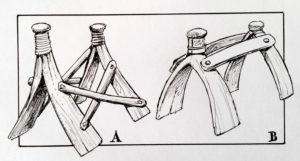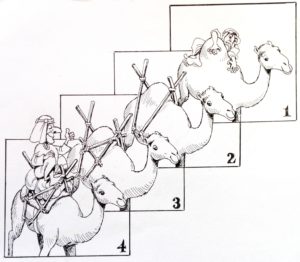In 1271 when Marco Polo left Venice at the start of his journey to the land of the Kublai Khan, there was another Marco that traveled with the expedition.
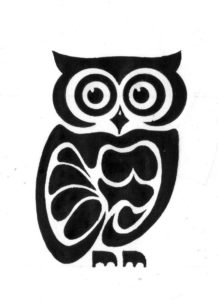
WISDOM
One of the characters in the book: ‘The Other Marco’, is Abdul the old camel porter who has traveled with the first Polo expedition to the land of the Kublai Khan and who is again on the second trip to Cathay with the Polo brothers which includes the young Marco Polo. Also on this second journey is another Marco, a boy who enlists as a camel porter and rides next to Abdul who guides him through the rigorousness of expedition life and teaches him about life’s complexity itself.
Tom [which is the acronym of The Other Marco] learns from the old Arab and sees him as a wise man. The following is an extract from the book where Tom leaves the caravan to go off on his own mission and he is saying goodbye to Abdul:
‘Abdul was the first person I saw as I approached the bottom end of the tent camp. I hurried over to him.
“Hello Abdul,” I said, realizing as I said it, that I should be saying, goodbye.
Abdul looked at me and nodded slowly. “I can see a great thing has happened in your life, Marco,” my wise old friend said quietly. I did not have to tell Abdul I was leaving, he already knew, simply by looking at me. “I have taught you all I know, Marco. Remember it, but most importantly, live it. May God go with you,” and with that, the old camelman turned away from me and walked off. As I watched him disappear among the camelmen, I knew that this was his last lesson to me. Farewells must not be drawn out or emotional, and must be concluded with a few, sincere words.’
Tom calls his teacher, ‘my wise old friend’.
Wisdom is a quality that is usually assigned to certain people only, mostly a thin, white bearded, dour old man with clear piercing eyes peering out from underneath bushy eyebrows and living in a tree in the forest. The stereotype wise man is hardly ever a jovial, rotund gourmand living in decadent opulence and dispensing his wisdom frivolously over a cup of spilt red wine!
Wise old women are not found nearly as much as their male counterparts, except in Greek mythology where Pythia, priestess to Apollo at Delphi became the oracle that provided wise council to those who consulted her.
What exactly is wisdom then? A simple definition could be: ‘Wisdom is applied Knowledge’, but that only addresses one ingredient in the wisdom cake. Perhaps a dash of intelligence and a pinch or two of good judgement and understanding can be added. Wisdom acquaints itself with optimism and positiveness rather than with stress or doomsday prophets.
So what makes Abdul the old camel porter wise? Perhaps it is his quiet nature and only speaking when being addressed directly, that gives him the nod.
There is a saying that goes something like this: “I keep my mouth shut so people think I am wise, rather than opening it and dispelling the perception”.
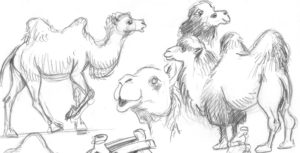
Abdul’s ‘world’ is confined to his thorough knowledge of the desert, the mountains and of camels. Although he has traveled right across Asia from the Mediterranean to Peking, he has no concept of the globe he lives on and the yet to be discovered continents lurking there. Even if he knew all that, it does not automatically qualify him as being wise.
Wisdom must then go beyond the physical and must also embrace some form of spiritual inspiration by foretelling future events with more accuracy than the law of probability can compute. This does not mean that ‘noble’ wisdom ought to be relegated into the realm of soothsayers and shamans. Thank goodness wisdom cannot be bought as a ready-made panacea for cognitively challenged minds.
Worse still, researching this topic, I came across a group who says there is no such qualification as wisdom! I may have thought that wisdom is simply common sense but for reading in a university study guide once, that there is no such thing as common sense!
Perhaps I should accept Abdul the camel porter as a wise old man, like the other Marco did, and not query it. Of course, all this questioning would never happen if Marco Polo’s detractors can prove that he never went to China in the first place! They claim that he heard the stories from the Silk Road caravan merchants that passed through Constantinople. Did he fabricate everything he said then?
Another quote from ‘The Other Marco’: “Things are not always what you think they are.”
That leaves you and I, reader, to decide if we are real. If we have no common sense and cannot aspire to wisdom, we might as well not exist. Right?
TOM #10 is Monster time!
This weird creature must be the craziest creation so far. The design brief called for a dog/worm/peacock combination with the K9 being a Bulldog.
Unhappily, I seem to have over-cooked the worm and as you can see it looks more like a roll of beef straight out the oven, than the hairy caterpillar it was supposed to resemble. Perhaps the menu could read ‘Peacock Plumed Hotdog’.
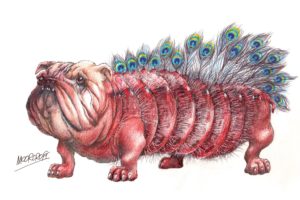
I am still hoping that someone else out there will create a Monster and send it to me. I will happily publish it. Here is the address: theothermarcostory@gmail.com



